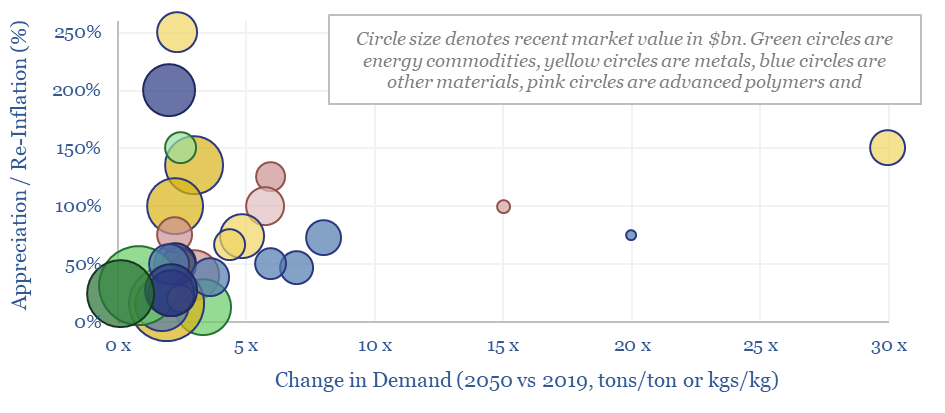
…covered in this data-file include Aluminium, Ammonia, Carbon Fiber, Coal, Cobalt, Copper, Ethylene Vinyl Acetate, Fluorinated Polymers, Fluorspar, Glass Fiber, Graphite, Hydrogen, Indium, Lithium, LNG, Mass Timber, Methanol, NdFeB Rare…
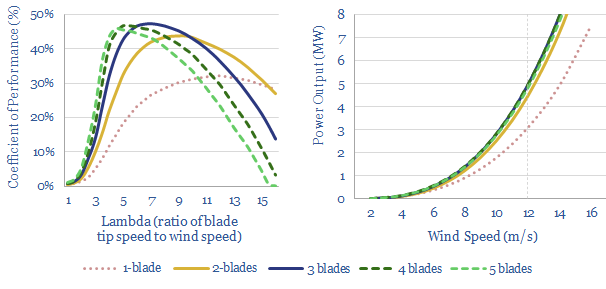
…(2^2=4), from around 3MW to 12MW. This explains the industry’s push to ever larger blades using incredible materials such as carbon fiber, glass fiber and specialist resins. What is Betz’s…
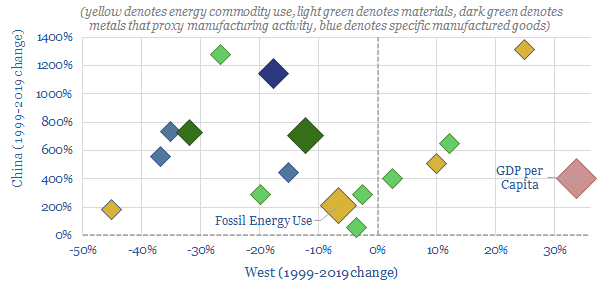
…called ‘carbon leakage’. $449.00 – Purchase Checkout Added to cart To do this, we have quantified volumes of specific materials (steel, aluminium, copper, plastics, glass, industrial acids) and manufactured goods (cars, refrigerators,…
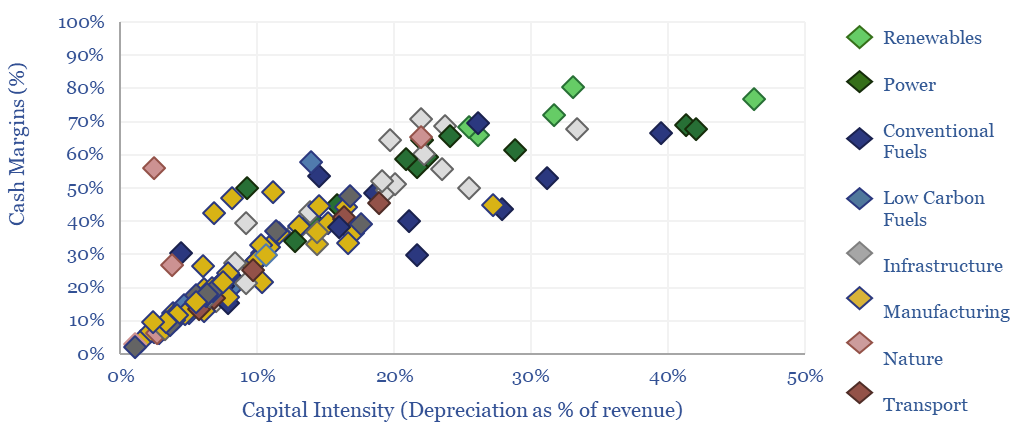
…Ammonia, Carbon Fiber, Cement, Copper, Cyanides, Desalination, Glass, H2O2, Hydrogen, Industrial Gases, Lithium Batteries, Methanol, NaOH/Cl2, Nitric Acid, Paper, Plastics, Silicon, Silver, Steel, Wood Products. As a rule of thumb,…
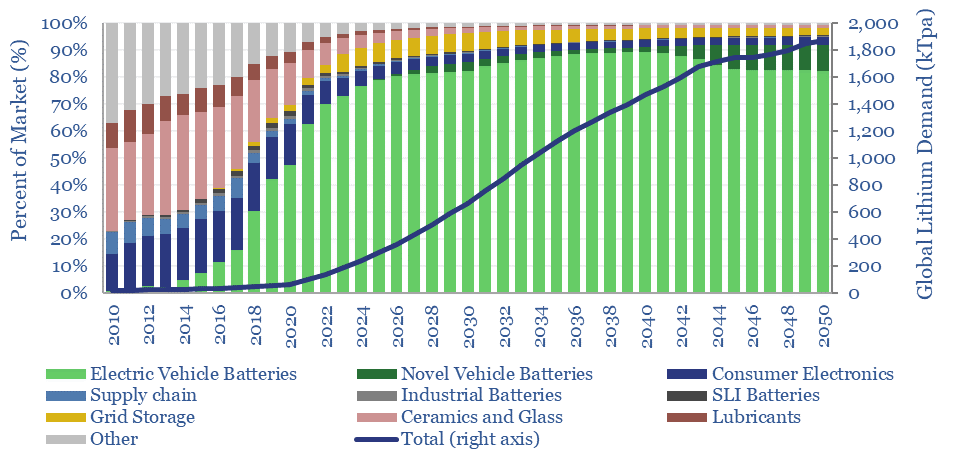
…ascent continuing to 400kTpa in 2030 and 1.5MTpa in 2050. This data-file estimates global lithium demand across electric vehicle batteries, industrial batteries, consumer electrics, grid storage, ceramics, glass, lubricants and…
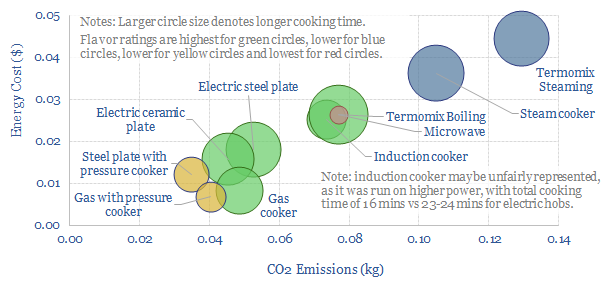
…glass or paper products. All of which are explored in our note below. https://thundersaidenergy.com/2021/02/18/industrial-heat-the-myth-of-electrify-everything/ Analogies can nevertheless be drawn from our cooking examples above. For example, there is a risk…
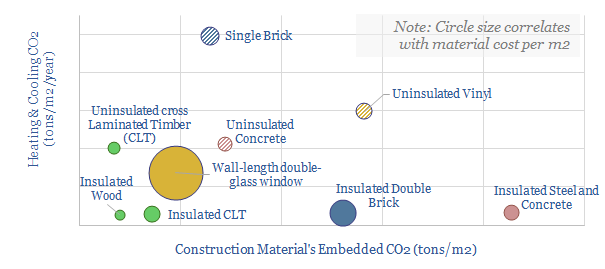
…materials include conventional construction materials such as concrete, cement, steel, brick, wood and glass, plus novel wood-based materials such as cross-laminated timber. Insulated wood and CLT are shown to have…
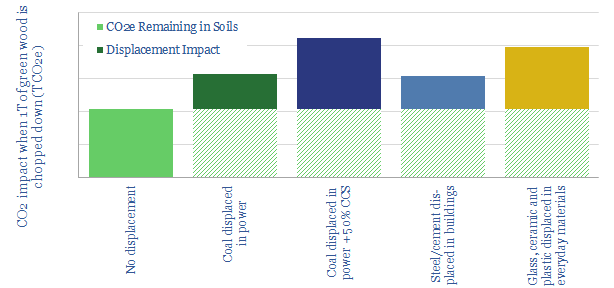
…of CO2 per ton of cement, around, 1.3-1.5T of CO2 per T of glass and ceramic, and as much as 5T of CO2 per ton of plastic (chart below). The…








